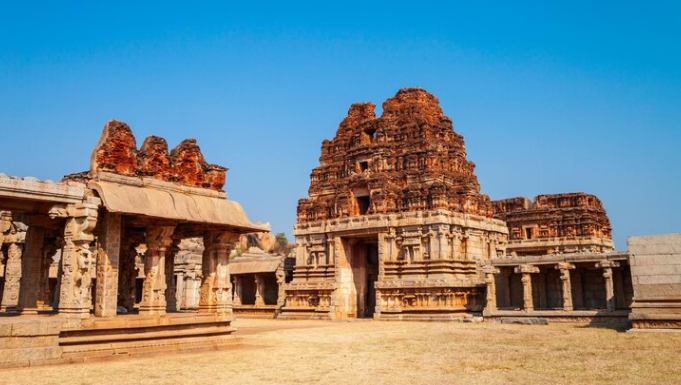Four UNESCO World Heritage Sites in India that are worth seeing

In the heart of South India lies a treasure trove of cultural and natural wonders, each telling a story of antiquity, architectural brilliance, and ecological diversity.
These UNESCO World Heritage Sites are a testament to the rich history and heritage woven through the southern Indian subcontinent. Here are four must-see locations when traveling to this country, as reported by News Bytes.

Hampi Monuments:
Once the capital of the vast Vijayanagara empire, this city represents the exquisite Dravidian architectural and artistic style and is recognized as a UNESCO World Heritage Site.
Despite the fact that they are now in ruins, there are still breathtaking palaces, amazing temples, royal complexes, colossal gates, exquisitely carved columns, and much more that evoke wonder, amazement, and joy in everyone who sees them.
Nilgiri Mountain Railway
The Nilgiri Mountain Railway, founded by the British in Tamil Nadu, is the only cog railway of a meter gauge that is specially designed to handle extreme slopes. It was built in 1908.
This historic "toy train" passes by green hills and shaded forests, winding through charming bridges, tiny mountain tunnels, and breathtaking views in Ooty and Coonoor.
Western Ghats
These vast mountain ranges, often referred to as the Western Ghats, Annamalai, Nilgiri, etc., were designated as a World Heritage Site by UNESCO in 2012.
It is a very prosperous city with tea, coffee, and other spice plantations and is also home to a wide variety of local flora and wildlife. It is located across Maharashtra, Karnataka, Kerala, and Tamil Nadu.
Mahabalipuram Temples
Built during the Pallava era in the 7th century AD, the Shore Temple is located in Mahabalipuram on the shores of the Bay of Bengal.
In Mahabalipuram, you can see about 40 architectural wonders that date back to the 7th and 8th centuries.
They are made of granite and carved with lion pilasters, rock reliefs, caves, and sculptures of Hindu gods and goddesses.



















